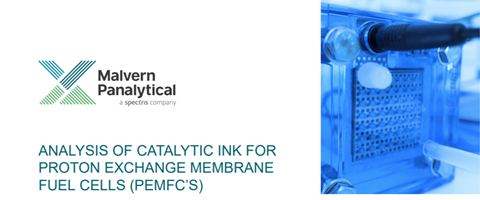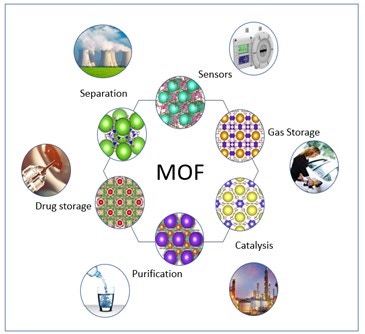
研究热点新闻
新型研究应用的新分析方法

新型研究应用的新分析方法

每天,研究人员都在向未知领域迈进,以发现更多关于物理和自然世界的信息。特别是大学和研究机构,不断进行研究以获得新知识。
在马尔文帕纳科,我们同样热爱研究!科学家来到这里,帮助发明先进的仪器,找到有效的方式,将研究转化为知识并超越知识。有时,这些仪器会在您的实验室中发挥作用——因此我们的目标是使这些仪器方便用户使用,甚至自动化。有时,使用我们的仪器进行的测量可以对现有或新兴研究领域提供独特的见解。而有时,我们开发的技术或设备超出了既定的分析方法。我们全球 150 多名全职科学家会讲授、研究并分享我们的分析研究解决方案如何应用于现有和新兴领域。他们还不时地与研究人员联合发表出版物。
在这里,您将看到一些最新的联合出版物,以及我们在研究背景下解决方案的更新内容。在研究主题页面中,您还可以找到应用说明,其中提供了一份入门级报告,介绍了如何使用我们的分析解决方案来获得每个研究领域的知识。这些应用说明是各种出版作品的摘要,通常后面有完整的出版物。尽情探索吧!
在我们尚未涉及的领域寻求支持?请随时与我们联系!
![[Academia paper of the month january 2022.jpg] 2022 年 1 月学术论文.jpg](https://dam.malvernpanalytical.com/4d98dc78-4abb-4b75-a7a1-ae1900d11221/Academia%20paper%20of%20the%20month%20january%202022_Original%20file.jpg)
这篇论文已在《增材制造》第 47 卷(2021 年 11 月,102361)中发表,这是我们与英国谢菲尔德大学 Candice Majewski 博士合作的成果。Morphologi 4 用于研究高速烧结 (HSS) 中使用的不同聚合物的形态,这是一种粉末床熔融增材制造 (AM) 技术。通过自动图像分析获得的颗粒大小和形状信息有助于解释粉末流动和堆积等行为。这项分析是更大型研究的一部分,旨在探讨在高速烧结 (HSS) 工艺中哪些特性会影响粉末湿润性/部件颜色,因为这可能与最终部件的机械属性有关。通过全面的表征,可以更多地了解如何针对这些工艺优化粉末。
是否对该应用感兴趣?您可以在此处了解更多信息:

催化油墨是平衡质子交换膜燃料电池 (PEMFC) 的成本、性能和耐久性的关键部件。 颗粒大小和分散性对油墨的特性以及由此产生的电极层的性能有着至关重要的影响,影响着重要的参数,如油墨粘度、离聚体的分布和形态、催化剂的利用率、催化剂和离聚体之间的相互作用以及电极层的均匀性和连续性。
X 射线衍射 (XRD)、激光衍射 (LD) 和动态光散射 (DLS) 是三种表征技术,每种技术都探测不同尺寸的区域,三种技术结合使用后,可以全面概述催化油墨混合物中的颗粒。
请留意我们 3 月 25 日在材料会谈门户网站上发布的关于“燃料电池”的博客,以及我们即将在 4 月举行的网络研讨会。
想了解有关此应用程序的更多信息,或分享您在该领域的出版物?请立即联系我们!

金属有机框架 (MOF) 是一个巨大的研究领域,因此我们对我们的研究技术能够在此领域发挥作用倍感振奋。我们的仪器可使用 X 射线衍射进行详细的晶体学分析,以实时跟踪不同操作条件下的变化。它们也可用于对已制造的 MOF 材料进行物理表征,应用包括:
在马尔文帕纳科,一个专门的焦点小组负责研究并汇编有关金属有机框架 (MOF) 解决方案的信息。例如,您可能已经看过我们最近的网络研讨会:金属有机框架的表征:建立坚固的结构。如果未观看网络研讨会,您可以通过此链接点播观看。
即将推出一个名为“关于金属有机框架的高级原位实验”的新网络研讨会——单击此处注册!
您也可以在此处下载我们的 MOF 手册。

以上就是本新闻公告的全部内容。
您是否有一些内容希望我们在此页面上分享?请立即联系我们的网络团队!